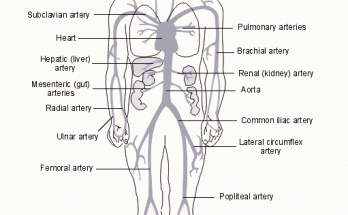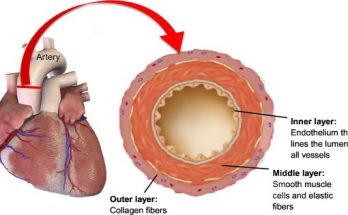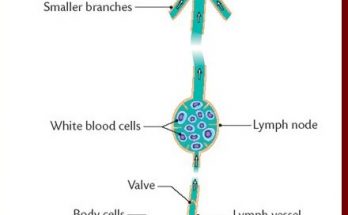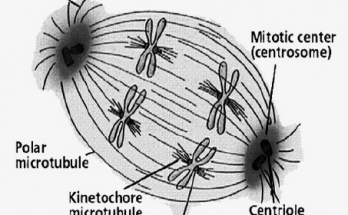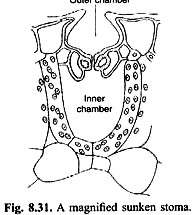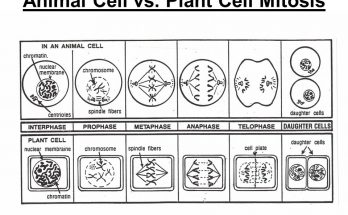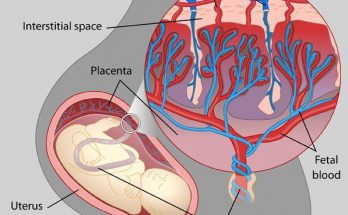Types of Veins and their Functions
Veins are essential for the circulatory system, transporting blood back to the heart. Four main types of veins include pulmonary, systemic, superficial and deep veins, each with unique characteristics. Pulmonary veins carry oxygenated blood from the lungs to the heart’s left atrium, while systemic veins transport deoxygenated blood from the body’s tissues back to the heart. Superficial veins are smaller and near the skin’s surface and deep veins are larger and deeper in the body.
Types of Veins and their Functions Read More